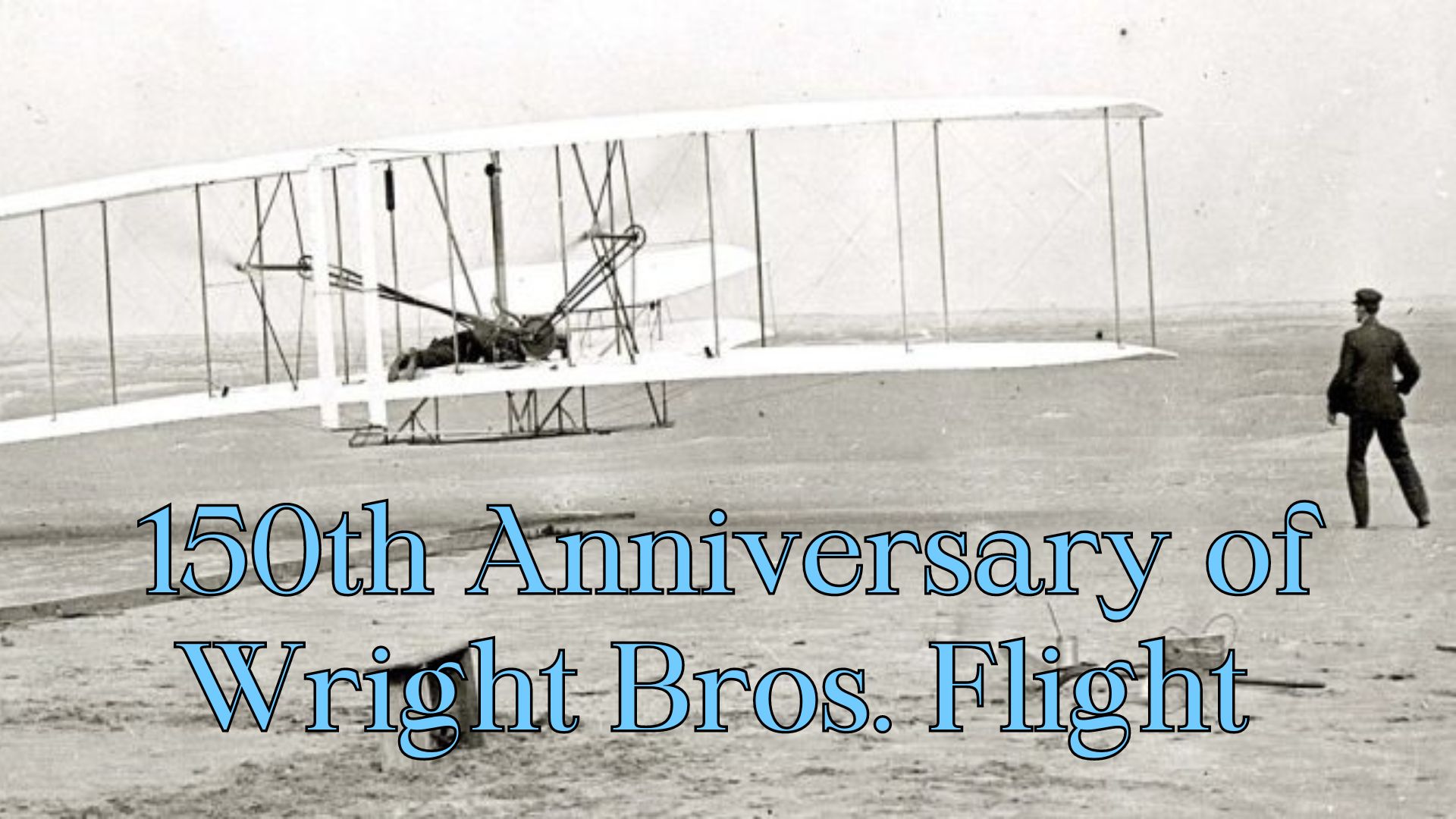In 1878 when Wilbur and Orville Wright were 11 and 7 years old, their father gave them a toy based on the model airplane, the planophore, designed by French aeronautical engineer Alphonse Penaud. The small model helicopter was made from bamboo, paper, and cork and was powered by a rubber band. The toy fascinated the boys and sparked their lifelong interest in flying and aeronautics. The rest is history.
They followed accounts of the work of the German glider pioneer Otto Lilienthal and exhausted the materials in the local library. In 1899 they wrote to the Smithsonian Institution for suggested aeronautical texts.
Wilber’s plans to attend Yale were ended by a hockey accident. After a three-year recovery, he joined Orville who had established a printing shop. They published several newspapers and local poets. They became known for designing and building quality printing presses.
In 1892 the brothers opened a bicycle sales and repair shop, and they began to build bicycles on a small scale in 1896. They developed their own self-oiling bicycle wheel hub and created and installed a number of light machine tools in the shop. Profits from the print shop and the bicycle operation eventually were used to fund the Wright brothers’ aeronautical experiments from 1899 to 1905. In addition, the experience of designing and building lightweight, precision machines of wood, wire, and metal tubing was ideal preparation for the construction of flying machines.
They made the first controlled, sustained flight of a powered, heavier-than-air aircraft with the Wright Flyer on December 17, 1903, four miles south of Kitty Hawk, North Carolina, at what is now known as Kill Devil Hills. The brothers were also the first to invent aircraft controls that made fixed-wing powered flight possible. Orville Wright’s flight lasted 12-seconds and only covered 120-feet.
From the beginning of their aeronautical work, Wilbur and Orville focused on developing a reliable method of pilot control as the key to solving “the flying problem”. Their approach differed significantly from other experimenters of the time who put more emphasis on developing powerful engines. Using a small home-built wind tunnel, the Wrights also collected more accurate data than ever before, enabling them to design more efficient wings and propellers. Their first U.S. patent did not claim invention of a flying machine, but rather a system of aerodynamic control that manipulated a flying machine’s surfaces. The brothers’ breakthrough was their creation of a three-axis control system, which enabled the pilot to steer the aircraft effectively and to maintain its equilibrium.
The 1903 Wright airplane on display at the Smithsonian is labeled: “By original scientific research, the Wright brothers discovered the principles of human flight. As inventors, builders and flyers, they further developed the aeroplane, taught man to fly, and opened the era of aviation.”
A joint resolution of U.S. Congress declared December 17, 1963, as Wright Brothers Day. Although this holiday was originally a one-off celebration, Congress amended the resolution to designate December 17th as Wright Brothers Day going forward. The U.S President issues an annual proclamation encouraging people to observe this holiday.

